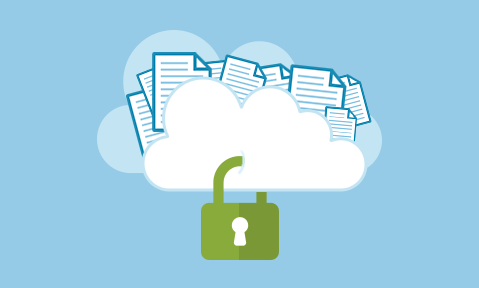
- The enterprise is moving to the cloud to ease collaboration for partners and employees. The cloud enables work-from-home and hybrid working models and enhances productivity. But the cloud is vulnerable to human error and misguided settings, putting your data at risk of unauthorized access. According to Gartner, preventable misconfigurations and end-user mistakes cause more than 99% of cloud breaches. Cloud providers use a flavor of security. But data needs its own protection. What’s the...
- The enterprise is moving to the cloud to ease collaboration for partners and employees. The cloud enables work-from-home and hybrid working models and enhances...










